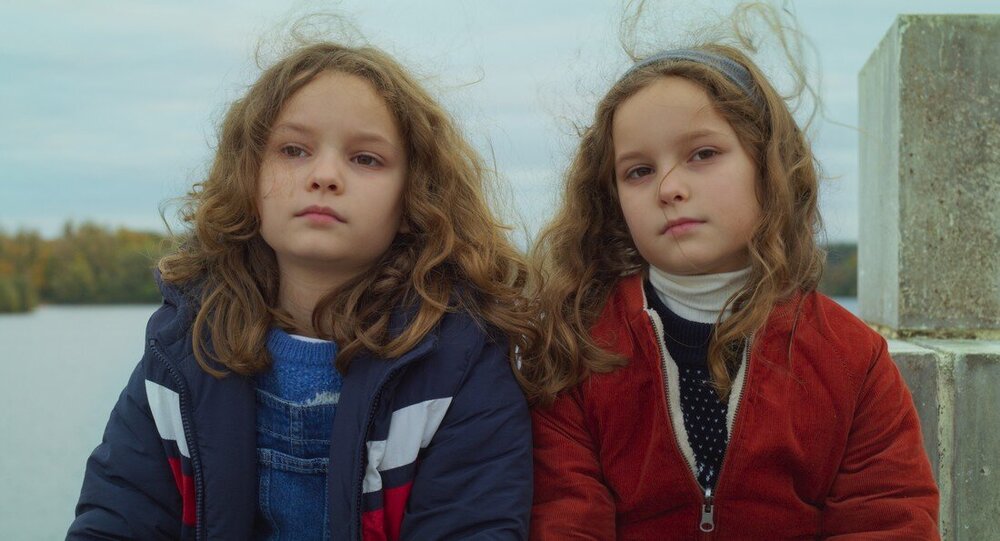Have you ever dreamt of encountering your mother stripped bare of a mask she was required to put on to conform to social norms? Have you ever desired to meet your mother before she became your mother and was just just a little girl? What questions would you ask?
These are just some of the topics Céline Sciamma investigates in her new film Petite Maman (2021). After the success of Portrait of a Lady on Fire (2019), she returns with a unique drama interjected with elements of fantasy that follows 8-years old Nelly (Josephine Sanz) who navigates the world after the passing of her grandmother (Margot Abascal). Staying in a house where her mother grew up, now full of ghosts of the past that her mother, Marion (Nina Meurisse), is unable to face and thus decides to depart, leaving Nelly with her father (Stéphane Varupenne) with the task of emptying the building of remaining objects.

In our review of The Sky Is The Everywhere, we discussed how elements of magical realism can be utilised in order to embody the painful experience of working through one’s grieving process. In contrast Josephine Decker’s film, Petite Maman does not utilise spectacular camera techniques but simply introduces imaginary characters into the stark environment of the film.
Feeling abandoned and uncertain about how to approach the situation, Nelly creates a special imaginary friend, her own mother as a girl of her own age. Little Marion (Gabrielle Sanz) materialises, joyfully building a wooden hut with Nelly, and inviting the girl to her house where she lives with her own mother and Nelly grandmother, also named Nelly. The house of death comes to life, becoming a home, as the girls play, make pancakes, and share their secrets.

Death is an event that has the capacity to shake the core of our being, force us to shed the layers of our identity and, consequently, return us to our pure form: our inner child. This child is often traumatised, begging for attention, unable to conquer the demons without the help of our adult self. Petite Maman powerfully shows that without our ability to excavate our inner child in face of an event such as death, we cannot communicate with our own children. How can we comfort them if our inner child is injured and neglected?

There is another possible layer in Sciama’s film, the socio-political one, embodied by little Nelly wearing a jacket with colours that parallel the French flag: blue, white and red. The personal traumas are inevitably ingrained with the national ones, the history of colonisation, and the horrors of wars experienced by the older generation that slowly fades as its members pass away. Little France and her future depend on adults facing the demons of past horrors, taking the responsibility for them, and admitting and apologising for the wrongdoings. The most gentle and powerful way to do this is by going back to the pure child-like form.

Our grief is personal, but personal in Sciama’s film is also socio-political and environmental. This latter aspect of grief cannot be overlooked. As Felix Guattari teaches us in his work Three Ecologies1: the mental, social and environmental ecologies are inextricably intertwined. This applies to every nation, every country that became lost in the pursuit of neoliberal progress that brought our common World to the brink of extinction. Pettite Maman teaches us that in order to save ourselves and our children is not through blame but through gentle encounters with a child that hides beneath the layers of our social mask.
Footnotes
- Felix Guattari, The Three Ecologies, (I. Pindar & P. Sutton, Trans.), (Bloomsbury Academic: London).

